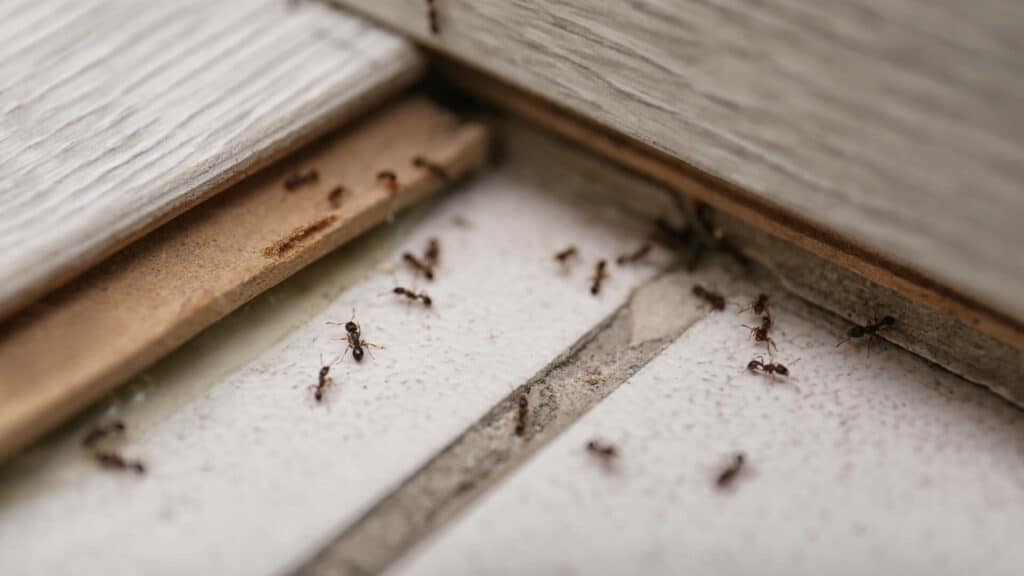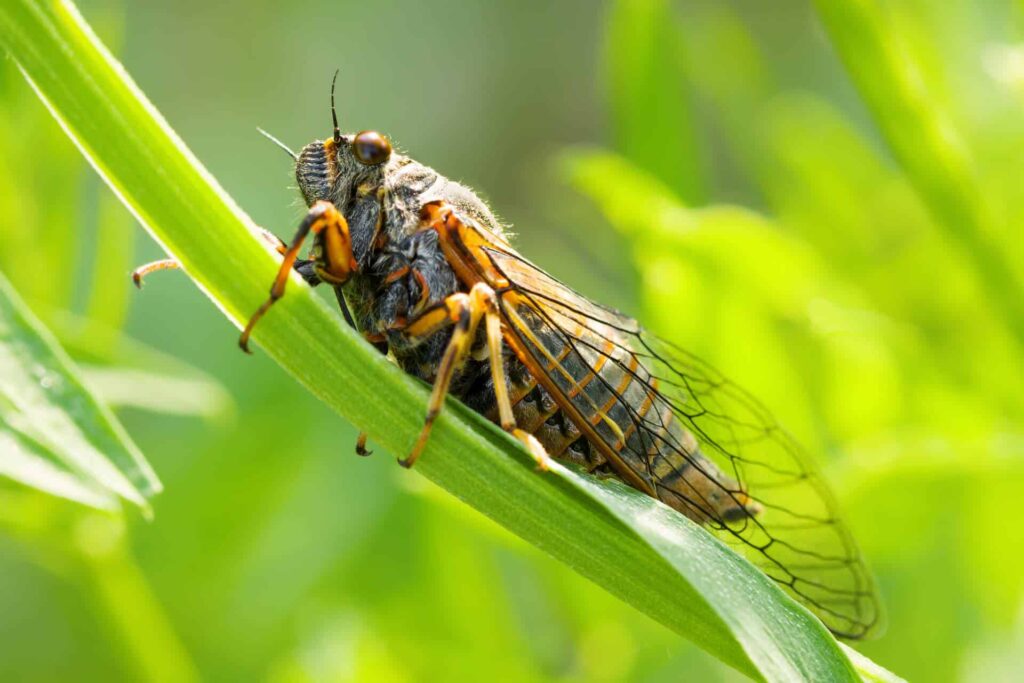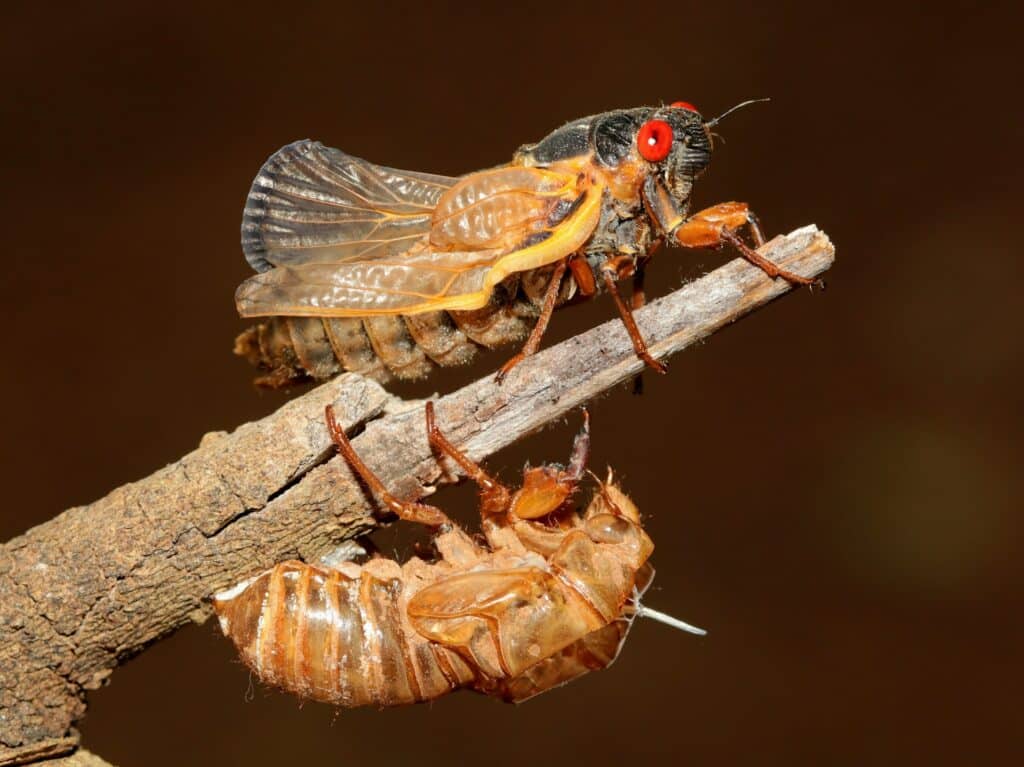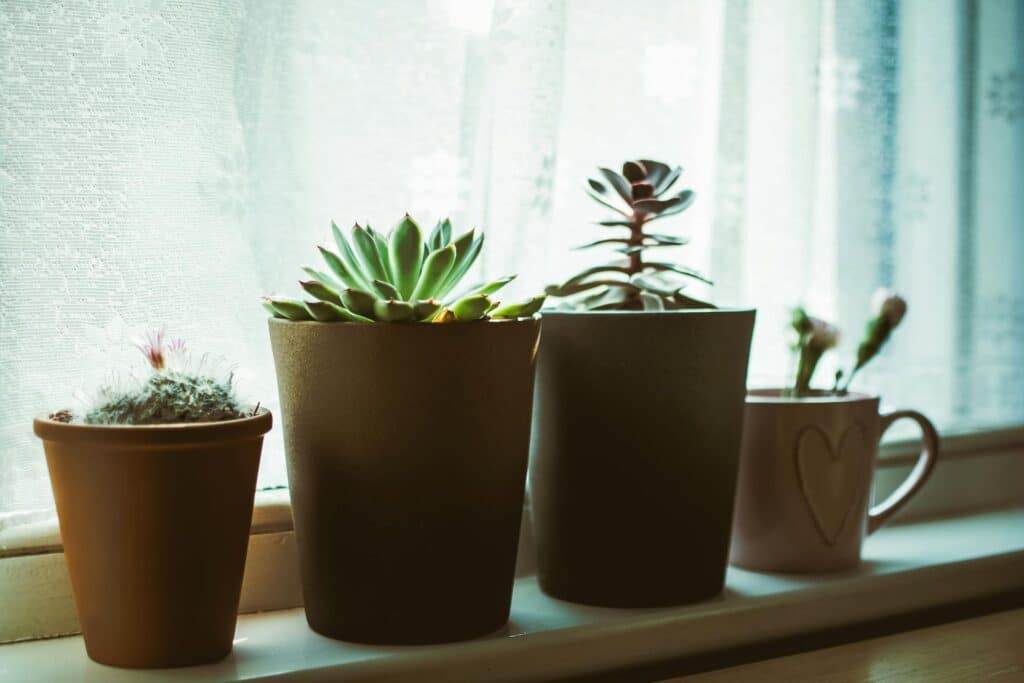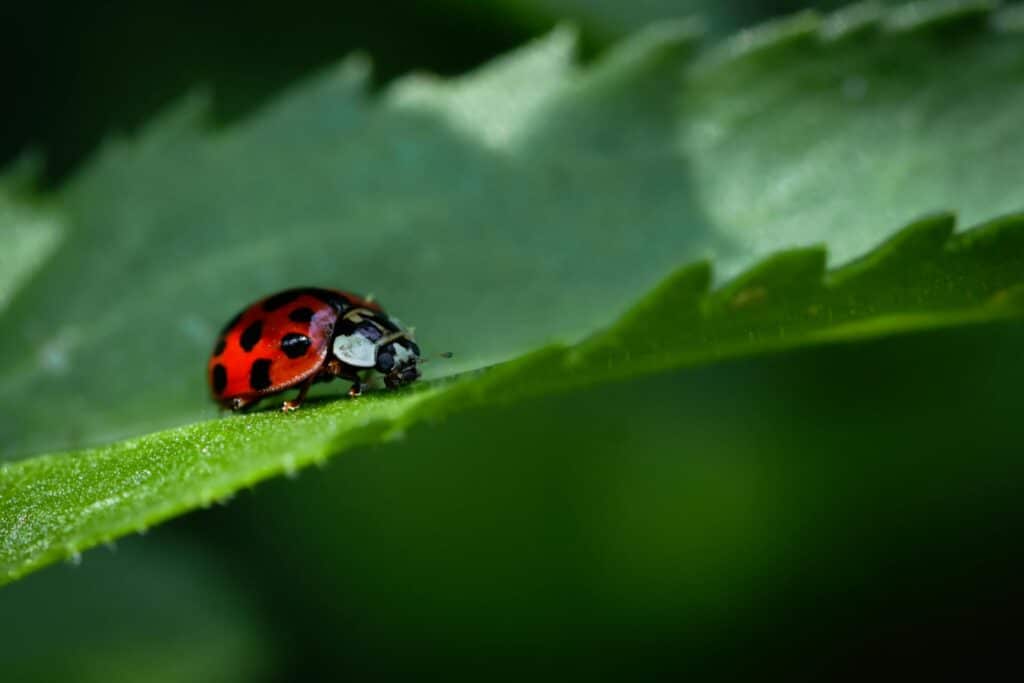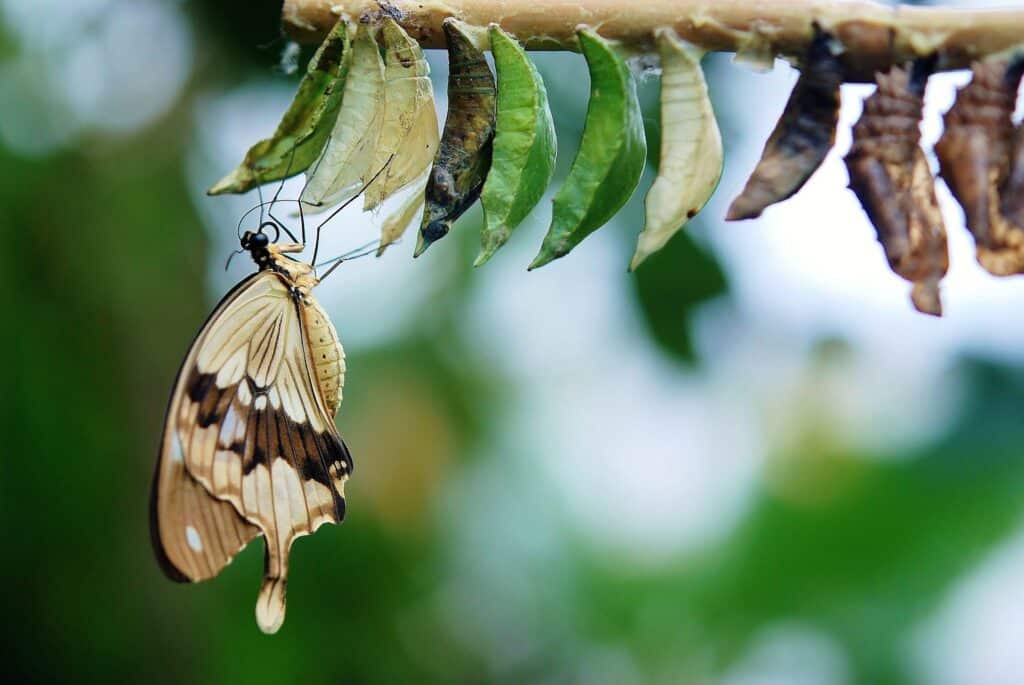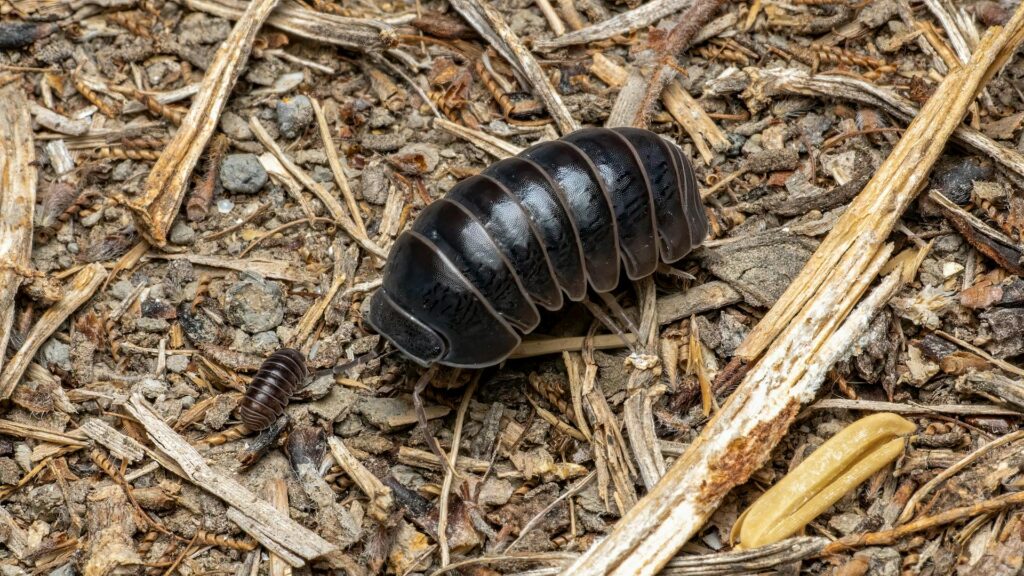If you’ve noticed tiny white bugs gathering on your windowsills, you’re not alone. These small pests, often mites or similar insects, are a common sight in many homes. While they might seem harmless, their presence usually indicates specific conditions in your home that are attracting them, such as moisture, organic debris, or accessible food sources. Understanding what these pests are and why they’re there is the first step to effectively removing them.
What Are These Tiny White Bugs?
Several types of small white insects might appear on your windowsill, each attracted to slightly different conditions in your home. Let’s explore the most common types you might encounter:
Dust Mites
While dust mites are actually microscopic and not visible to the naked eye, their presence can be detected by the buildup of dust or allergens around your windowsill. These tiny pests feed on dead skin cells and thrive in humid environments, making damp windowsill an ideal habitat.
Mold Mites
Mold mites are tiny white pests that you might spot in areas where moisture accumulates. They feed on fungi and organic material, making them particularly common in damp areas where mold or mildew is present. If your windowsills frequently accumulate condensation, they create the perfect environment for these mites to thrive.
Whiteflies
Whiteflies look like tiny moths and are particularly problematic if you have indoor plants near your windows. These small, winged insects feed on plant sap and can reproduce quickly in warm environments, potentially leading to significant infestations if not addressed promptly.
Why Do These Pests Gather on Windowsills?
Understanding what draws these tiny pests to your windowsill can help you prevent future infestations. There are several key factors that make your windowsills particularly attractive to these unwanted visitors:
Moisture Buildup
Condensation on windows creates an ideal environment for these pests. When your windowsills stay damp for extended periods, they can develop mold growth, which serves as a food source for mold mites. You might notice these pests are more prevalent during humid weather or in rooms with poor ventilation.
Organic Debris
Over time, your windowsill will naturally collect dust, pollen, and plant material. This organic debris becomes a ready food source for mites and other small insects. The more these materials accumulate, the more likely you are to see these tiny white bugs gathering in these areas.
Access to Light
Some of these pests, particularly whiteflies, are naturally drawn to light. When they find their way into your home, they often move toward windows where they cluster on sills and nearby surfaces. This is why you might notice more activity during daylight hours or near artificial lighting.
Cracks and Entry Points
Small gaps around your window frames can provide easy access for mites and other pests to enter from outside. This problem becomes more significant if your windowsill is close to plants, soil, or outdoor debris, as these areas can harbor pest populations that eventually make their way inside.
How to Prevent Tiny White Bugs from Returning
Taking proactive steps to prevent these tiny white bugs from returning is essential for maintaining a pest-free home. Here are effective strategies you can implement before calling a professional pest control service:
Reduce Moisture
Controlling moisture around your windows is crucial for deterring mites and other pests. Make sure to wipe down any condensation promptly, repair any leaks you discover, and improve airflow around your windows to prevent moisture from accumulating. Consider using a dehumidifier in particularly damp areas of your home.
Clean Your Windowsill Regularly
Regular cleaning is essential for preventing these pests. Dust, mold, and organic debris create ideal conditions for mites to thrive. Make it a habit to wipe down your windowsills with a dry or slightly damp cloth regularly, paying special attention to corners and crevices where debris might collect.
Seal Entry Points
Take time to inspect your window frames for any small gaps or cracks that might serve as entry points. Sealing these openings with appropriate caulk or weather stripping can significantly reduce the number of pests finding their way inside your home.
Keep Indoor Plants Away from Your Windowsill
If you have indoor plants, consider keeping them away from your windowsills, particularly if you’ve noticed whitefly activity. Regular inspection of your plants for signs of pests can help prevent infestations from spreading to your windowsills and other areas of your home.
When to Call the Professionals
If you continue to see these tiny white bugs despite your best prevention efforts, it might be time to seek professional help. These persistent pests can be particularly challenging to eliminate completely on your own, especially if they’ve established multiple colonies around your windows.
Our pest control experts can provide a thorough inspection of your home to identify all potential sources of these pests and create an effective treatment plan. We understand the conditions that attract these bugs and can help you implement long-term solutions to keep them away.
Don’t let these tiny white bugs take over your windowsills. Get a free quote today from Aptive to learn how we can help you eliminate these pests and prevent them from returning to your home.
